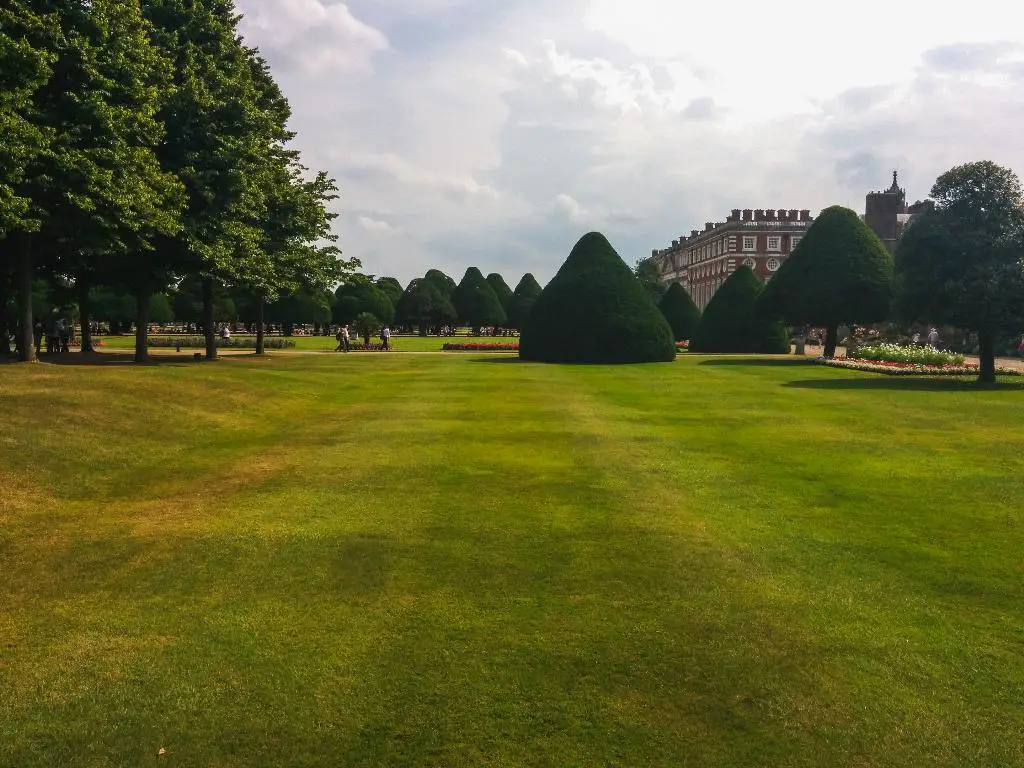When it comes to overseeding your lawn, timing is key. Late summer or early fall is widely considered the optimal time to overseed. During this period, soil and atmospheric temperatures are at their most favorable for seed germination and healthy growth.
Optimal Growing Conditions
By overseeding in late summer or early fall, you provide the new grass seedlings with the perfect conditions to establish themselves. With adequate moisture, sunlight, and the right fertilizer, the seeds have the best chance of thriving before cooler fall temperatures set in.
Warm Soil Temperatures
Warm soil temperatures in late summer and early fall aid in the quick germination and growth of grass seeds. This allows the new grass to establish a strong root system before the onset of winter, ensuring better survival and growth in the following spring.
Less Competition
With the approach of winter, existing weeds and grasses slow their growth, creating an ideal opportunity for new grass seedlings to take root and flourish without as much competition. Overseeding during this time gives the new grass a competitive advantage.
Repair Damaged Areas
Overseeding in late summer or early fall is particularly beneficial for repairing areas of your lawn that have been damaged by high foot traffic, disease, or extreme weather conditions. The new grass seedlings can help fill in bare spots and rejuvenate the appearance of your lawn.
Increased Thickness and Density
By overseeding your lawn at the right time, you can increase the thickness and density of your grass. This not only improves the overall appearance of your lawn but also helps prevent weed growth and reduce soil erosion.
Promotes Healthy Growth
Overseeding your lawn in late summer or early fall promotes healthy growth of the new grass seedlings. With the right care and maintenance, these seedlings can develop into lush, green grass that enhances the beauty of your outdoor space.
Boosts Lawn Resilience
Establishing new grass seedlings through overseeding strengthens the overall resilience of your lawn. The additional grass blades help protect the soil from erosion, improve water retention, and enhance the lawn’s ability to withstand stressors like foot traffic and environmental factors.
Preventative Measure Against Weeds
By overseeding your lawn in late summer or early fall, you can proactively prevent weed growth. The dense growth of new grass helps choke out weeds by limiting their access to sunlight and nutrients, reducing the need for chemical weed control.
Long-Term Lawn Health
Overseeding at the right time contributes to the long-term health and vitality of your lawn. By regularly introducing new grass varieties and strengthening the existing turf, you can ensure a beautiful, resilient lawn that continues to thrive year after year.

